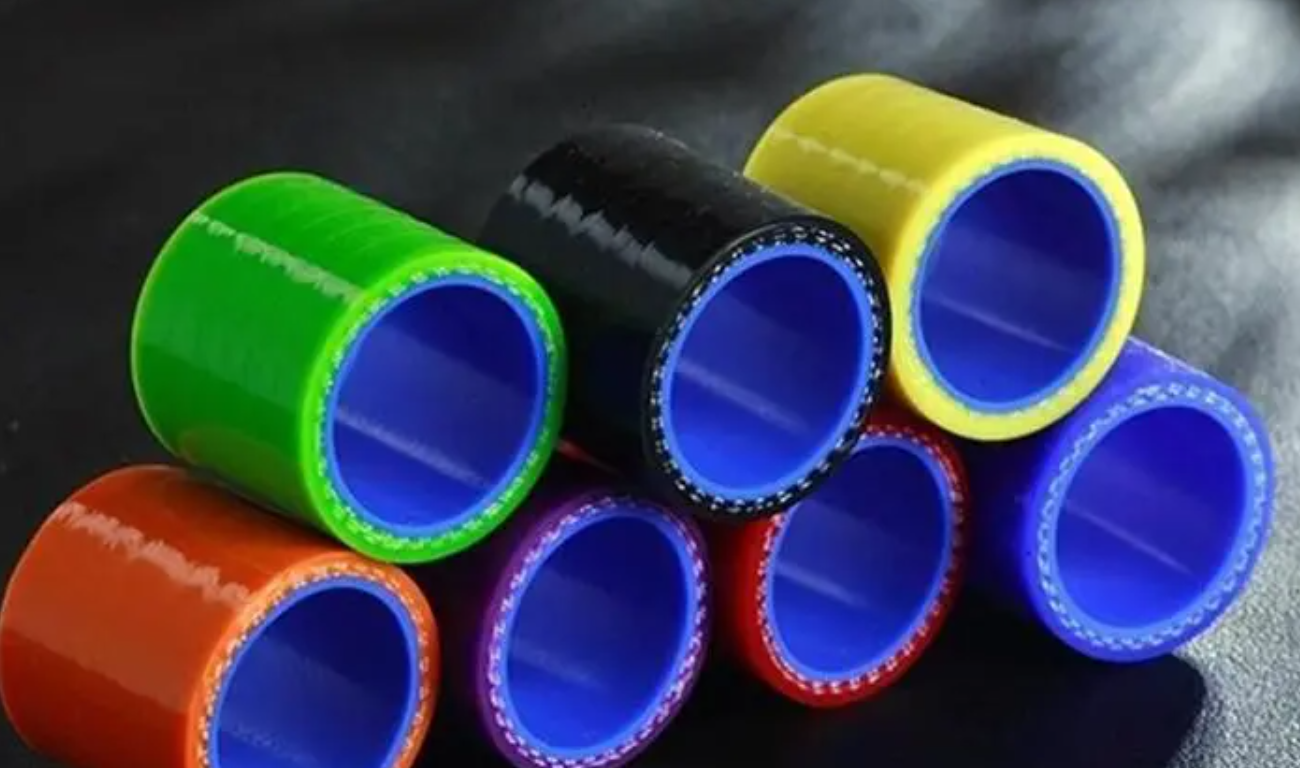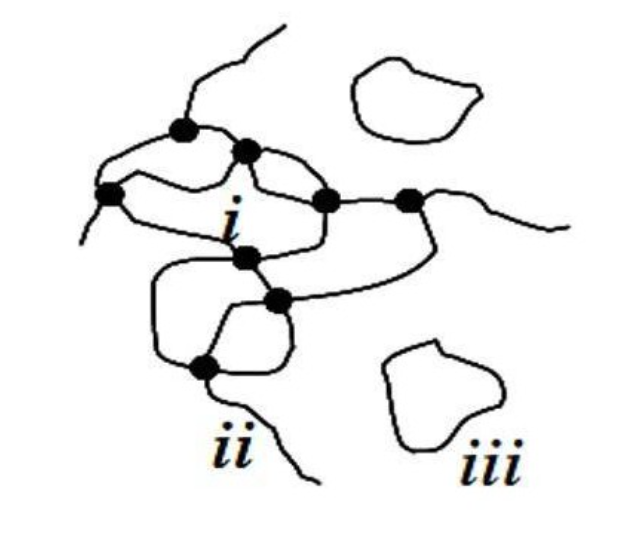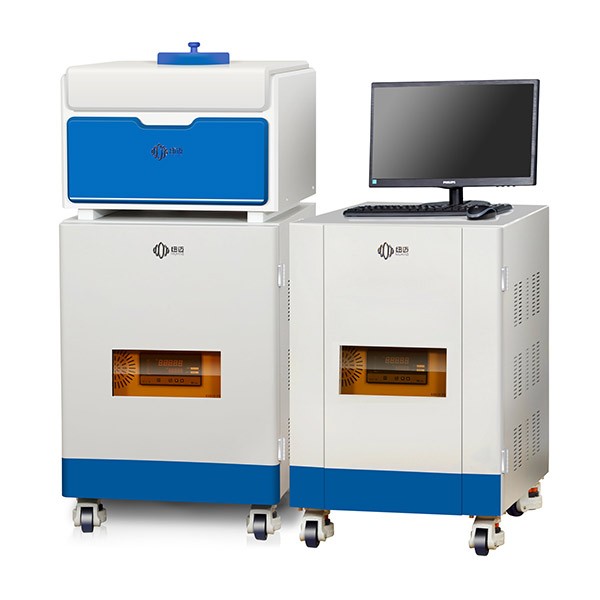Исследование ЯМР в низком поле степени сшивки каучука
Сшивка, также называется степенью перекрестных связей, обычно измеряется количественно через плотность поперечных связей, который представляет собой среднюю молекулярную массу между соседними точками сшивки или количество точек сшивки на кубический сантиметр.. Он служит решающим фактором при определении свойств резиновых материалов.. Конкретно, степень сшивки влияет на эластичность резины.
Каучук с более низкой степенью сшивки обладает повышенной эластичностью.. Это связано с тем, что наличие меньшего количества точек сшивки позволяет резиновым цепям двигаться более свободно., содействие большей растяжимости и гибкости. Такая резина легко деформируется и отличается более высокой степенью упругости..
С другой стороны, резина с более высокой степенью сшивки имеет тенденцию обладать меньшей эластичностью.. Увеличенное количество точек сшивки ограничивает движение резиновых цепей., что затрудняет деформацию или растяжение материала. Как результат, резина становится более жесткой и менее способной восстанавливать свою первоначальную форму после растяжения или сжатия..
Степень сшивки в каучуке уже давно представляет собой проблему в отрасли.. Традиционные методы, например, метод набухания, часто страдают от низкой точности испытаний и подвержены значительному субъективному влиянию. Однако, использование низкопольное ЯМР Технология представляет собой многообещающую альтернативу для оценки плотности сшивки с повышенной точностью и неразрушающим анализом..
В низкопольное ЯМР, кривая затухания релаксации полимера претерпевает изменения, соответствующие внутренним компонентам образца. Используя методы релаксации ЯМР, становится возможным быстро и неразрушающе получать сигналы как от сшитых, так и от несшитых цепей., тем самым определяя степень сшивки.
Компонент растворителя внутри полимера обладает высокой текучестью и относительно медленным распадом в процессе релаксации.. Несшитые сегменты обладают определенными характеристиками молекулярного движения., что приводит к более медленной скорости распада. Наоборот, сшитые сегменты испытывают значительное связывание, что приводит к ограничению молекулярного движения и более быстрому распаду. Используя различия в характеристиках затухания, Технология релаксации ЯМР может различать эти сегменты и предоставлять ценную информацию о степени сшивки..
Низкопольное ЯМР Принцип изучения сшивки каучука
Для дальнейшего повышения точности измерений плотности сшивки., новый метод получения последовательностей, известный как MSE-CPMG (Мультиспиновое эхо Карр-Перселл Мейбум-Гилл) можно трудоустроить. Этот метод предполагает применение комбинированных импульсов., заставляя сигнал ЯМР меняться взад и вперед в пределах диапазона мертвого времени. Этот процесс помогает максимально сохранить исходную интенсивность сигнала ЯМР, одновременно собирая более короткую информацию о релаксации.. Использование метода получения последовательностей MSE-CPMG способствует совершенствованию тестирования плотности сшивки., что приводит к повышению точности и надежности по сравнению с традиционными SE (Спиновое эхо) или КПМГ (Карр-Перселл Мейбум-Гилл) методы получения последовательностей.
Используя технологию релаксации ЯМР и усовершенствованные последовательности сбора данных, такие как MSE-CPMG., отрасль может преодолеть ограничения традиционных методов. Это позволяет более точно оценить степень сшивки резины., облегчение контроля над производственным процессом и обеспечение достижения желаемых свойств материала.
ЯМР в низком поле технология анализа использует импульсы для возбуждения протонов водорода в образцах материалов, заставляя их резонировать. После импульсного возбуждения, протоны водорода релаксируют, в течение которого времена их релаксации различаются в зависимости от различных состояний внутри образца.. Путем обнаружения и анализа сигналов релаксации, становится возможным прямо или косвенно оценить конкретные свойства материала.
В контексте анализа перекрестных связей, низкопольное ЯМР метод использует низкопольное ЯМР технология анализа для оценки движения водорода (ЧАС) молекулы вдоль углеводородной цепи. Используя модель релаксационного анализа, метод позволяет определить степень сшивки образца.
Одно из ключевых преимуществ низкопольное ЯМР анализ является его неинвазивным характером. Процесс испытания не требует использования химикатов., и не причиняет вреда анализируемому образцу. Более того, скорость теста относительно высокая, с типичной продолжительностью, завершающейся в течение 3 минуты.
ЯМР в низком поле Технология анализа обеспечивает удобные и эффективные средства оценки свойств материалов., особенно при оценке степени сшивания образцов. Возможности неразрушающего и быстрого тестирования делают его ценным инструментом контроля качества., исследовать, и развития в различных отраслях.
Низкопольный ЯМР-анализатор NIUMAG – ВТМР20-010В-И
VTMR20-010V-I объединяет различные технологии тестирования времени релаксации и магнитно-резонансной томографии., в сочетании с модулем переменной температуры, он может предоставить широкий спектр решений, который может выполнять неразрушающий быстрый анализ проб, таких как растворы, гели, твердые вещества, частицы
 заплесневелый
заплесневелый



